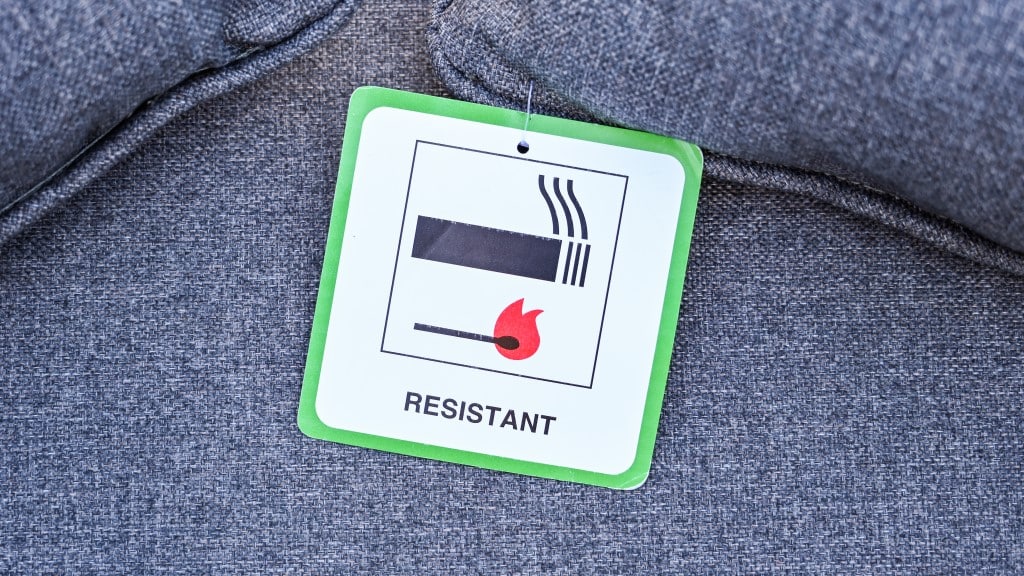England’s fire safety regulations undergo significant reform for furniture and buildings
- December 12, 2023
- 9:32 am


Iain Hoey
Share this content
Overview of the proposed reforms in fire safety regulations
The government has proposed significant changes to fire safety standards for furniture and furnishings in England, as well as reforms in the regulatory framework for fire safety in buildings.
This move comes in response to concerns about the environmental and health impacts of flame-retardant chemicals incentivized under current regulations.
A debate is scheduled in the House of Lords on 14 December 2023 to discuss the current state of fire safety regulations in England and the need for an integrated review to update fire safety guidance.
Historical context of fire safety regulations in furniture and furnishings
There has been a noticeable decrease in the number of fires in homes attended by fire and rescue services in England since the turn of the millennium.
For example, the number of fires attended in 1990/2000 was 58,280, which reduced to 26,816 in 2022/23.
Current trends in fire incidents in England
Fire safety standards in furniture and furnishings are currently based on the Furniture and Furnishings (Fire) (Safety) Regulations 1988, which require an open flame ignition test for sale approval.
In 2014, the then Department of Business, Innovation and Skills considered amendments to these regulations to reduce the use of flame retardant chemicals, but these were not implemented.
Instead, the government opted for a full review of regulations.
The role of flame retardants in furniture safety and environmental concerns
The House of Commons Environmental Audit Committee has also called for reforms, especially highlighting the potential health impacts of flame retardants on babies and children.
Government consultations and the journey towards reform
Regarding building safety, all building work in England must comply with the Building Act 1984 and the Building Regulations 2010, which set requirements for fire safety.
The Regulatory Reform (Fire Safety) Order 2005 governs fire safety for all non-domestic premises, including common areas of shared blocks of flats, placing a duty on a ‘responsible person’ to carry out regular fire safety risk assessments and maintain fire safety measures.
IFSJ Comment
The proposed reforms in fire safety regulations in England mark a significant shift in the approach towards ensuring safety in buildings and furniture.
The gradual reduction in fire incidents over the years indicates a positive trend, yet the ongoing concerns about the use of flame retardants highlight a critical area needing attention.
These reforms reflect an evolving understanding of fire safety, balancing the need to prevent fires with the imperative to minimize environmental and health impacts.
It is essential that these regulations continue to adapt to new research and technological advancements, ensuring that fire safety measures are both effective and sustainable.
Responsibilities under the Regulatory Reform (Fire Safety) Order 2005
The Furniture and Furnishings (Fire) (Safety) Regulations 1988 set fire safety standards for furniture and furnishings in the UK.
These regulations have been under review due to concerns over the use of flame retardants.
The Building Act 1984 and the Building Regulations 2010 provide the legislative framework for building safety in England, while the Regulatory Reform (Fire Safety) Order 2005 outlines fire safety responsibilities for non-domestic premises.
These regulations and acts form the cornerstone of fire safety in England, aiming to reduce fire incidents and ensure safety in both domestic and non-domestic settings.

